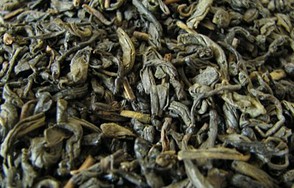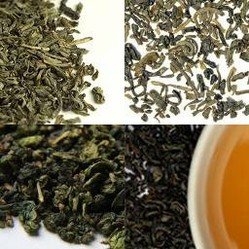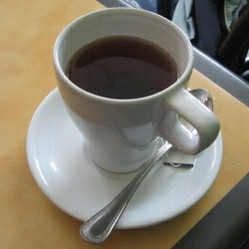Chun mee, usually translated as precious eyebrows, is a Chinese green tea. Chun mee has a fresh, tangy flavor. It is quite inexpensive, and is easily available in both organic and fair trade forms. If you like green teas and are also a bargain hunter, this is a good tea to know about.
This page gives an overview of this type of green tea, and then moves into some tips for buying chun mee and other green teas. I also share my recommendations of tea companies to buy this particular type of tea from.







 The Shaming of Femininity and Elevation of Masculinityon 07/13/2017
The Shaming of Femininity and Elevation of Masculinityon 07/13/2017
 What is Genderqueer or Non-Binary Gender?on 10/16/2015
What is Genderqueer or Non-Binary Gender?on 10/16/2015
 Resources for Learning Spanish Free Onlineon 04/13/2016
Resources for Learning Spanish Free Onlineon 04/13/2016
 Ways Native Plants Can Help Control Invasive Plantson 05/26/2016
Ways Native Plants Can Help Control Invasive Plantson 05/26/2016


Comments
(Very late reply here) I definitely agree that the leaves themselves are beautiful. One thing I love is how the different types of leaf will have very different shapes and visual appearances. It certainly makes it easier to learn and recognize the different styles and varieties of tea.
I've never met a green tea, just the tea, that I didn't like. I've been enjoying tea all my life, raised on it and adore green tea above all else. The beauty of the tea leaves as you've described is art, pure art. :)K